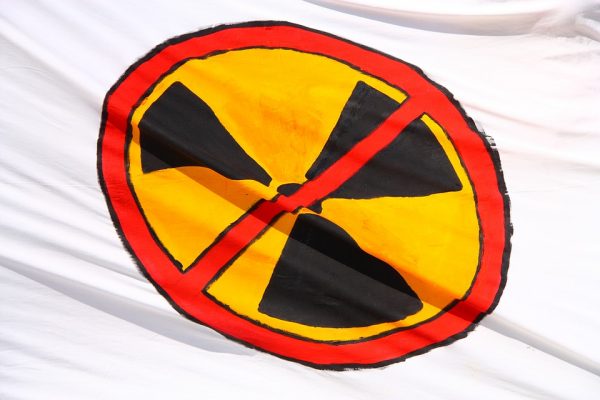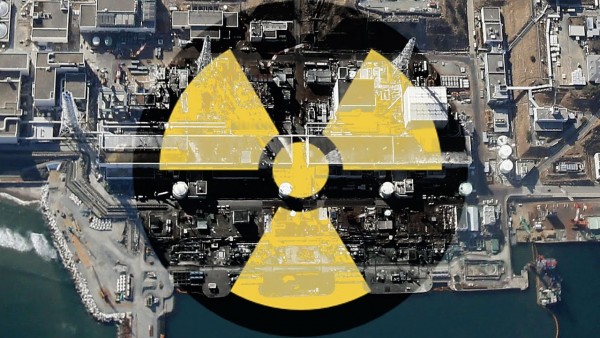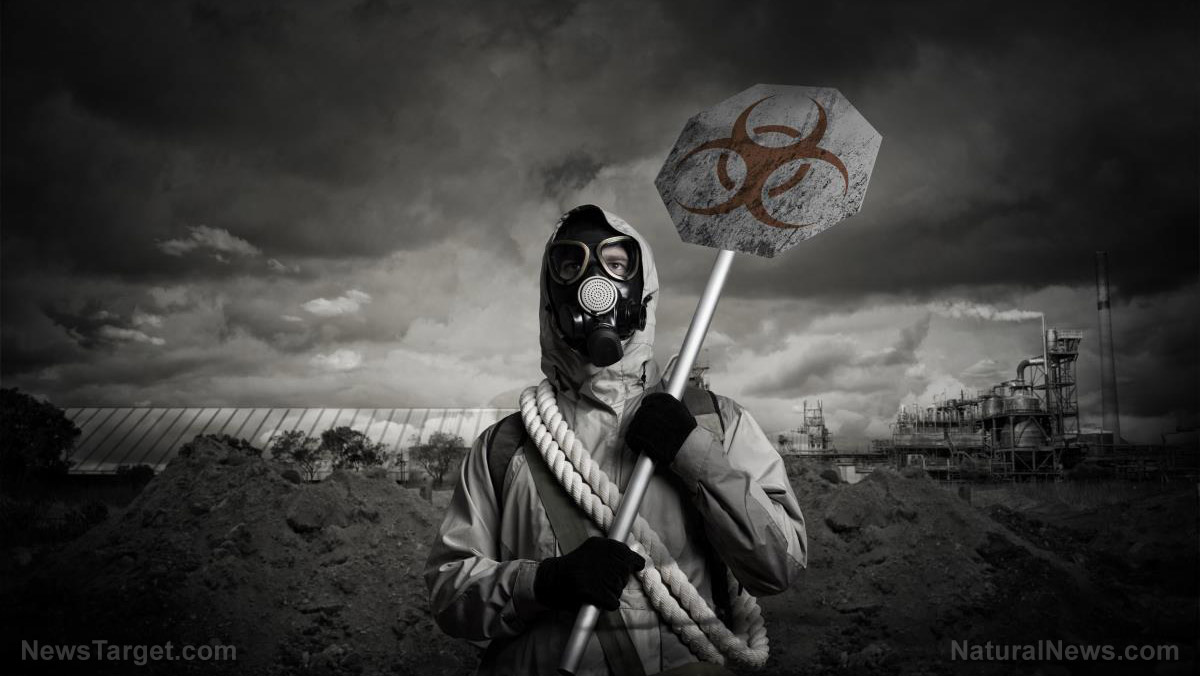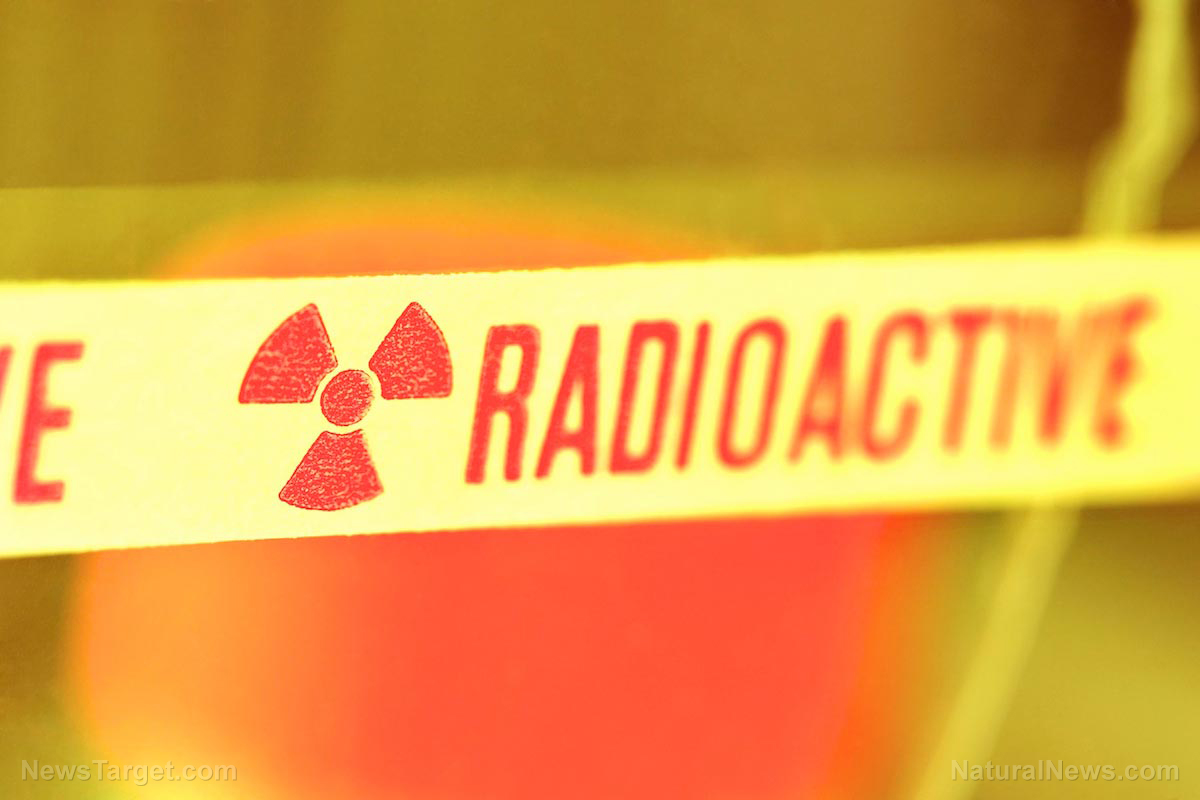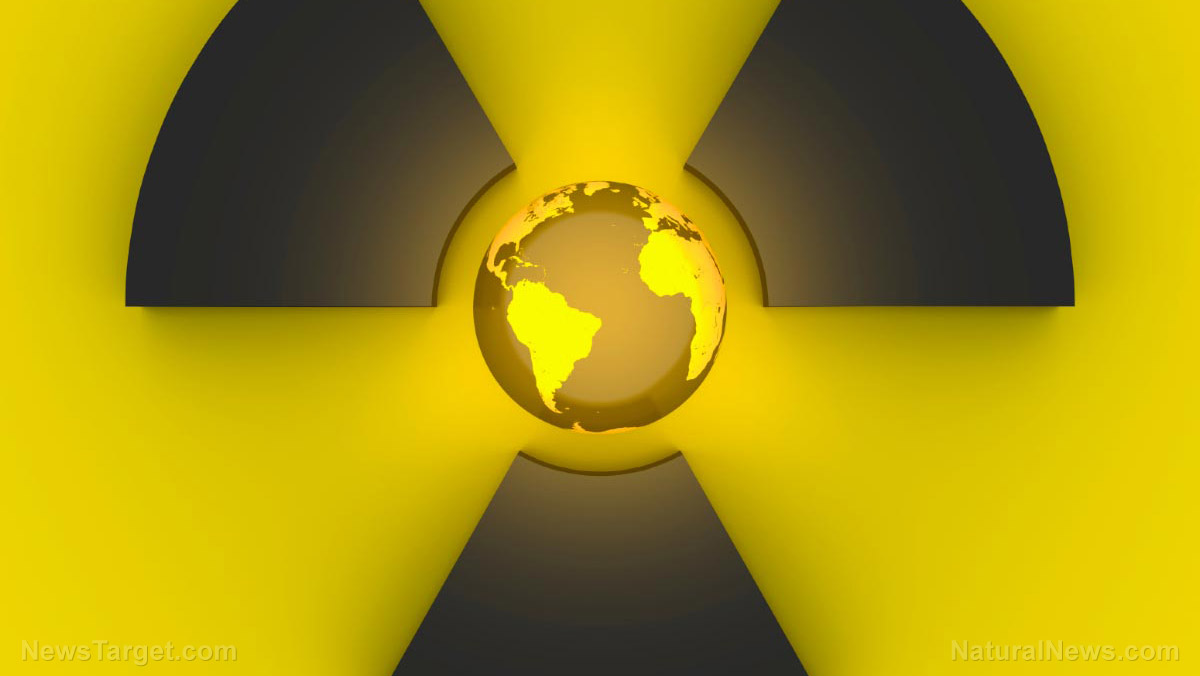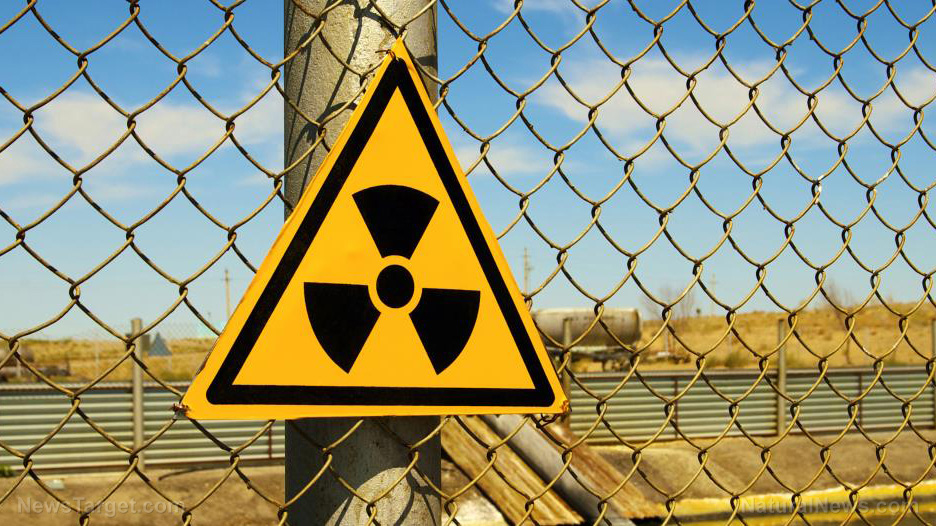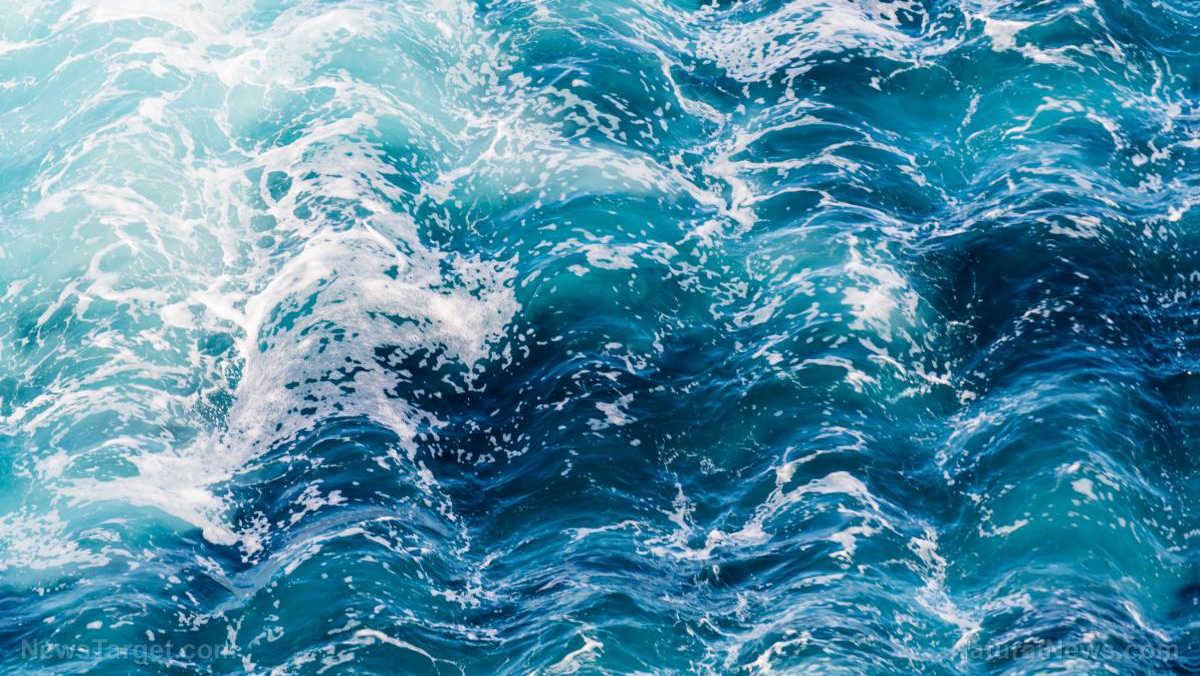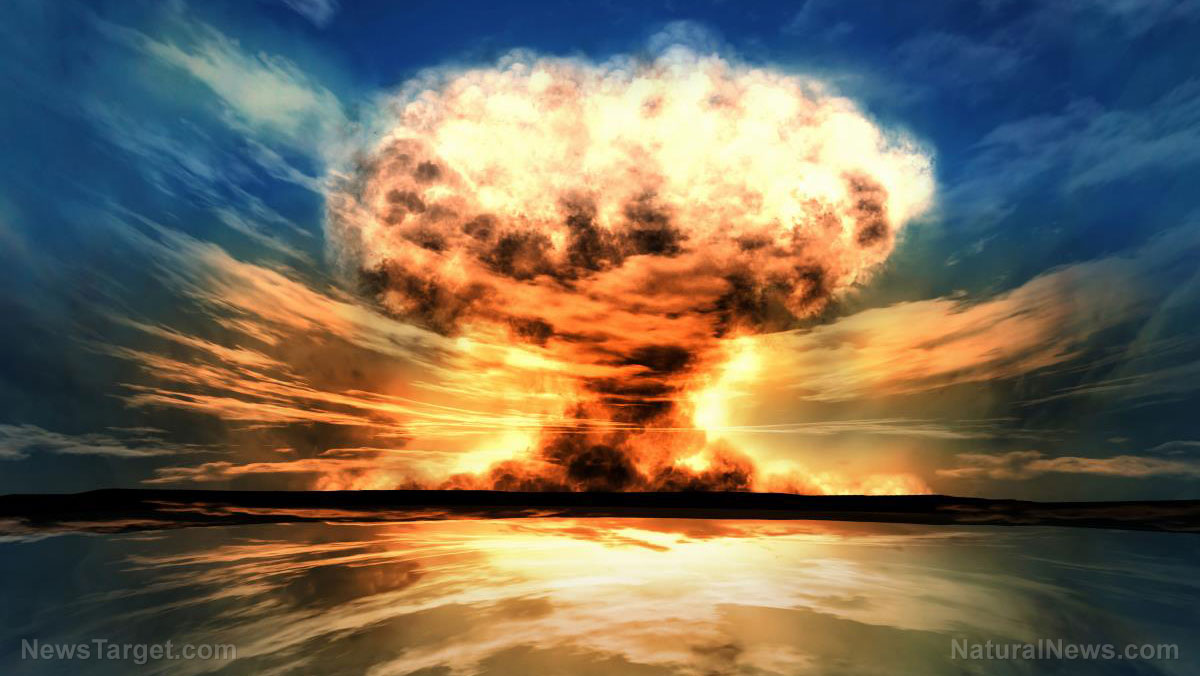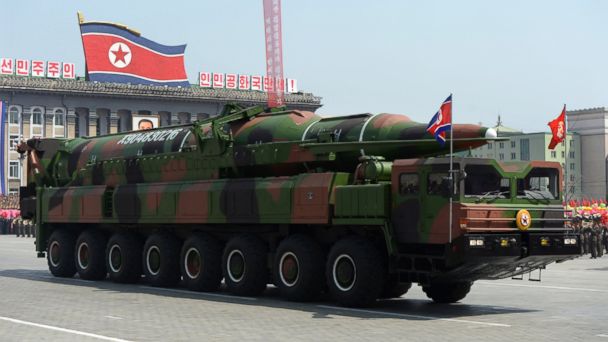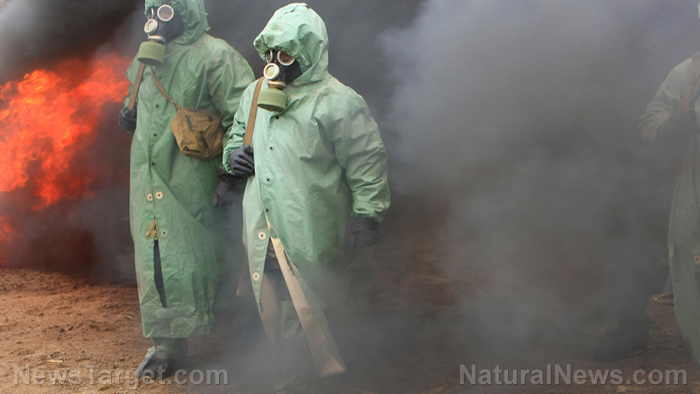My recent post on the spread of radiation stemming from the Fukushima nuclear accident drew quite a few questioning comments. Specifically the article suggested that radiation from the accident was drifting across the Pacific at levels high enough to cause alarm. It turns out such cause for alarm was exaggerated, though there is still reason to be concerned. I appreciate the feedback. I acknowledge that I relied on sources with which I was unfamiliar and posted some information that has been shown to be incorrect. I apologize.
Article by RP Siegel
To all who publish online, beware. Bad news travels fast. It gives credence to the old saying, “A lie can travel halfway around the world while the truth is still putting its pants on.” This is especially true on the Internet. I truly hope no one was harmed by this information. Now begins the task of earning back your trust which, though hard-earned, can be quickly lost.
I think the best way to start is to post a revised story on what is actually happening in the waters around Fukushima, Japan, as well as those farther afield.
Let’s start by addressing the points made in the original story.
For starters the initial source, PeakOil, used a bogus NOAA graphic to sensationalize the story, having carefully scrubbed out the legend showing that the colors actually represented wave heights at the peak of the tsunami, not radiation levels as the site would have you believe. I checked this image out, noticed this and chose not to use it in my post. Still, I continued to take the central thrust of the story as true.
Several people went to the generally reliable Snopes site to question the story and found confirmation of their suspicions. The blatant misuse of the NOAA chart is clearly called and tossed into the trash where it belongs. An interesting thing about the Snopes post, however, is that while the site prominently displays a text clipping stating that, “each day 300 tons of radioactive waste seeps into the ocean,” it never specifically addresses that claim.
I dug further and found that number actually comes from a quote by Yushi Yoneyama, an official with the Japanese Ministry of Economy, Trade and Industry, which oversees energy policy as quoted in Reuters (generally considered unassailable) and elsewhere. In 2013, Yoneyama said, “We think that the volume of water [leaking into the Pacific] is about 300 tonnes a day.” Of course, anyone could be wrong, but who am I to question Reuters or a Japanese government official? I don’t.
That’s not to say Japanese government officials, or officers of TEPCO, can always be counted on to tell the truth, but their interest has generally been to minimize the extent of the damage, not to embellish it.
As for that amount of leakage, that’s equivalent to about 90,000 gallons of radioactive water. That sounds like quite a bit. But compared to the volume of the Pacific Ocean, it’s not a lot at all. Still, when that much leaks out each day, over the course of a year, it adds up to 33 million gallons. And it’s been five years now.
Even today, TEPCO only acknowledges that radioactive water threatens to flood out of the plant and into the ocean. The company denied, until recently, that any water leaked from the plant at all, even when fish contaminated with high levels of radiation were found near the plant by independent researchers from the University of Tokyo, raising major concerns for local fishermen.
The story regarding radiation reaching the Canadian West Coast, which claimed levels of iodine-131 were 300 times background levels, was recently updated with an editor’s statement that the original figures were incorrect.
Reports of a wildlife biologist (Alexandra Morton) pulling hundreds of herring out of the waters off British Columbia with blood coming out of their eyes and gills have not been discredited. However, there is no evidence linking this observation directly to radiation from Fukushima or anywhere else.
The claim that radiation levels found in tuna off the Oregon coast had tripled also appears to be legitimate. However, those levels are still substantially below what would be considered a health threat.
Having sorted through that, I would summarize as follows: Contaminated water continues to enter to ocean from the Fukushima site in significant volume. Traces of radiation have been found in various locations around the Pacific. It also appears that the levels detected at this time do not indicate any immediate threat to humans outside of Japan. That being said, our knowledge of the long-term impacts of these types of radiation on the oceans, and on ourselves, is far from complete.
Upon review, most of the statements in the original piece were in fact true, but I acknowledge the overall sense was that of an exaggerated cause for concern. What this shows is how easily a group of facts taken out of context can become a convincing story — a lesson for all of us. Putting it on the Internet is like putting a match to a dry grassland.
What is far less clear is what the actual levels are and where they can be found. What makes writing about this issue so difficult, and even dangerous, is the combination of two things: It’s a frightening subject, and there is very little solid information being made available.
In my efforts to bring in some more solid facts, I reached out to Greenpeace, which is monitoring the situation carefully. The group sent me some additional information in a press release with links to reports published outside the U.S.
Greenpeace’s famed ship, the Rainbow Warrior, went out to sample the waters around Fukushima in February of this year with former Japanese Prime Minister Mr. Naoto Kanonboard. What they found was that radiation in the seabed off Fukushima “is hundreds of times above pre-2011 levels.” They also found levels in nearby rivers that were “up to 200 times higher than ocean sediment.”
Expressing concern, Ai Kashiwagi, energy campaigner for Greenpeace Japan, said: “These river samples were taken in areas where the Abe government is stating it is safe for people to live. But the results show there is no return to normal after this nuclear catastrophe.”
The areas sampled include the Niida River in Minami Soma, where readings measured as high as 29,800 becquerels per kilogram (Bq/kg) for radio-cesium. (For those new to the subject, a becquerel is a derived unit that measures radioactivity.) More samples taken at the estuary of the Abukuma River in Miyagi prefecture, more than 90 kilometers north of the Fukushima Daiichi plant, found levels in sediment as high as 6,500 Bq/kg. To put that in perspective, recorded levels in the seabed near the plant before the disaster were 0.65 Bq/kg.
Kendra Ulrich, senior global energy campaigner for Greenpeace Japan, explained: “The sheer size of the Pacific Ocean combined with powerful complex currents means the largest single release of radioactivity into the marine environment has led to the widespread dispersal of contamination.”
Greenpeace expressed concern that the order scheduled to allow people to return to these areas next March “cannot be permitted to stand.” The group claims that “these ecosystems cannot simply be decontaminated.”
Greenpeace’s report, which came out in July of this year, concludes by saying the impact of the accident will persist for “decades to centuries.”
So, while we have not yet seen the global-scale consequences some predicted, the situation is indeed bad and getting worse. TEPCO continues to build steel tanks at the rate of three per week, to house a great deal of contaminated groundwater while awaiting decontamination. But according to this PBS documentary, the company will run out of room for more tanks sometime next year. The gravity-fed water filtration system has been effective in removing most contaminants, except for tritium. Tritium is a relatively weak radionuclide with a half-life of 12.5 years, which means it will take about 100 years to fully break down.
The molten nuclear cores in reactors still remain in three reactors. And the site will not be fully stabilized until those are removed. But the radioactivity level in those reactors is far too high for people to enter. TEPCO plans to develop robots to go in and retrieve the molten fuel. The company says that retrieval is estimated to begin in 2020.
In closing, while the level of concern suggested in the prior piece was overstated, I maintain that the situation at Fukushima is far from resolved and that it remains a serious concern, particularly in Japan. I further maintain that any plans to continue expanding nuclear power must include an in-depth review of what has happened in Fukushima, with the understanding that this story is far from over.
Image credit: Digital Global, courtesy of Greenpeace.


